
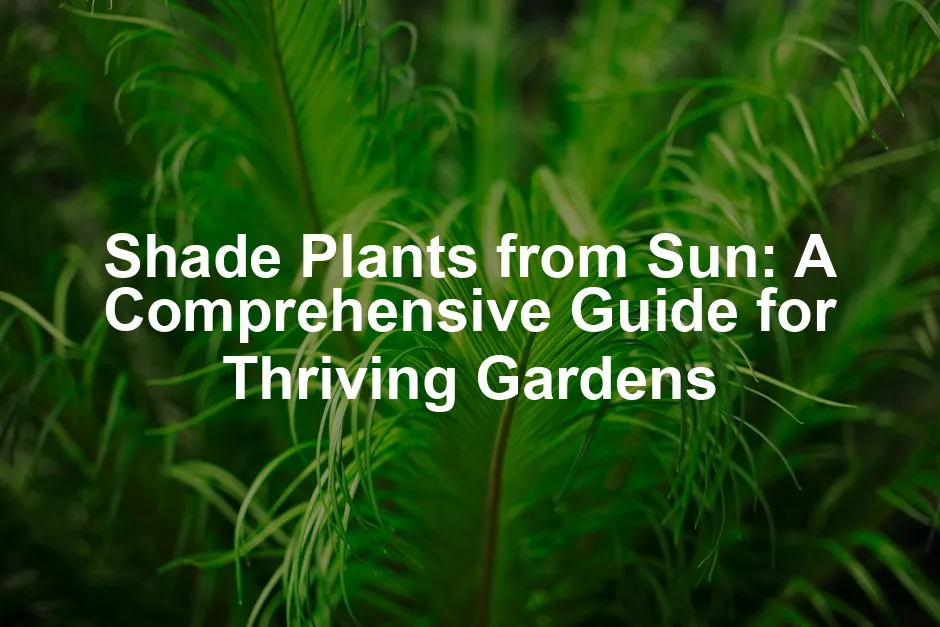
Shade Plants from Sun: A Comprehensive Guide for Thriving Gardens
Introduction
Selecting the right plants for shaded areas is crucial. Many gardeners face challenges when dealing with low light. Yet, shade plants offer unique benefits. They can transform dark corners into vibrant spaces. This article will guide you through various shade plants, their care, and tips for growing them successfully.
And while you’re at it, why not grab a Light Meter for Gardening? Knowing how much light your plants are getting is key to their success!
Summary and Overview
In gardening, shade can be categorized into full shade, partial shade, and dappled shade. Full shade gets less than two hours of direct sunlight, while partial shade receives two to four hours. Understanding these differences helps in choosing appropriate plants.
Shade plants enhance your garden’s aesthetic appeal. They provide shelter for local wildlife, creating a thriving ecosystem. Categories of shade plants include flowers, shrubs, and ground covers, each with unique characteristics.
In the following sections, we will discuss shade conditions, recommend specific plants, and share best practices for care and maintenance.
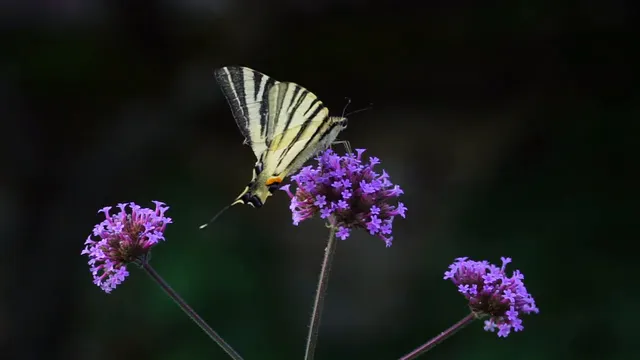
Understanding best practices for maintaining shade plants can greatly enhance your gardening experience. raised bed gardening tips and tricks
Understanding Shade Conditions
Defining Shade Types
Shade comes in several forms, and understanding them helps when picking plants.
Full Shade means less than two hours of direct sunlight. This area might be under dense trees or buildings.
Partial Shade allows for two to four hours of sunlight. It often occurs in spots that receive filtered light, like under a tree’s canopy.
Dappled Shade features light that filters through leaves, creating a mix of sun and shade. This type occurs in woodland areas, where light changes constantly.
Seasonal changes also affect shade conditions. As leaves grow or fall, the amount of sunlight varies. This dynamic environment influences plant selection, so keep these factors in mind. Choosing plants suited to these specific conditions ensures a flourishing garden.
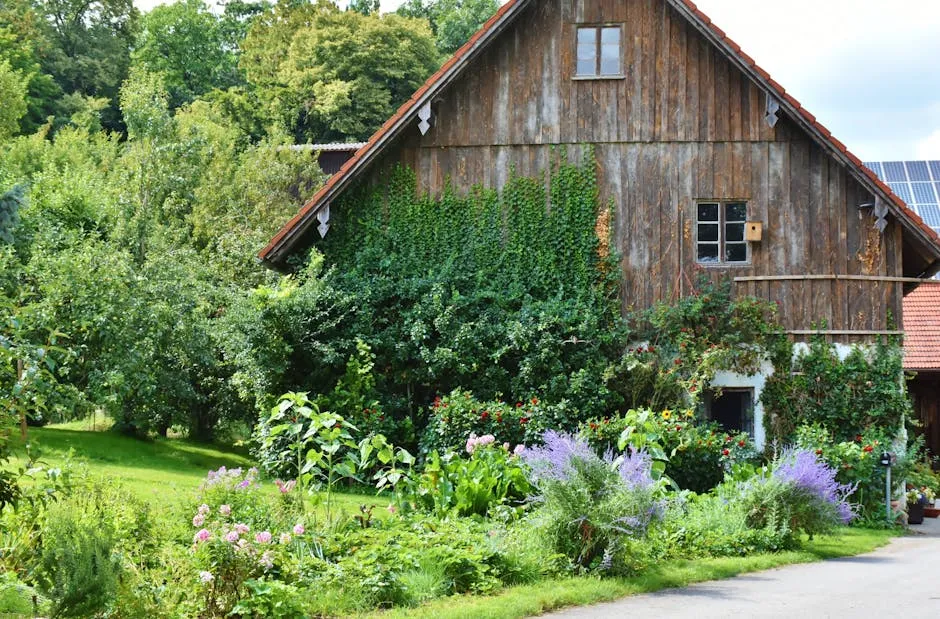
Assessing Your Garden’s Light
Understanding the light conditions in your garden is essential for plant selection. Start by observing your garden throughout the day. Note which areas receive sunlight and which remain in the shade. A simple diagram can help visualize these zones.
Using a light meter is a fantastic way to get accurate readings. These devices measure the intensity of light in different areas. If you don’t have one, try another method: observe your garden every hour. Mark each section’s light exposure, starting from sunrise to sunset. This technique allows you to track changes throughout the day.
Remember to consider seasonal growth. Trees may grow taller and cast more shade over time. Additionally, if you remove trees or shrubs, the sunlight in your garden may change dramatically. Keeping these factors in mind will help you choose the right plants for your unique garden environment. By understanding your garden’s light conditions, you can create a thriving space filled with beautiful shade plants.
Shrubs Suitable for Shaded Areas
Finding the right shrubs for shaded spaces can enhance your garden’s beauty. Here are some excellent options that thrive in low light:
Hydrangeas are popular for their stunning blooms. They come in various sizes, from compact varieties to larger bushes. These shrubs often produce flowers in summer, adding color to your garden. For best results, choose a spot with morning sun and afternoon shade.
Boxwoods are versatile and can be shaped into hedges or topiaries. They grow slowly, offering a neat appearance. Boxwoods are evergreen, providing year-round interest. They prefer well-drained soil and need occasional pruning to maintain their shape.
Witchhazel is known for its unique, fragrant flowers that bloom in late winter to early spring. This deciduous shrub can grow to about 10-15 feet tall. It thrives in well-drained, moist soil. Regular watering helps it flourish, especially during dry spells.
Caring for these shrubs involves routine maintenance. Ensure they receive adequate water, especially in dry periods. Mulching around the base helps retain moisture and suppress weeds. Pruning should be done in spring after flowering to promote healthy growth. With a little attention, these shrubs can thrive in shaded areas, adding beauty and structure to your garden.
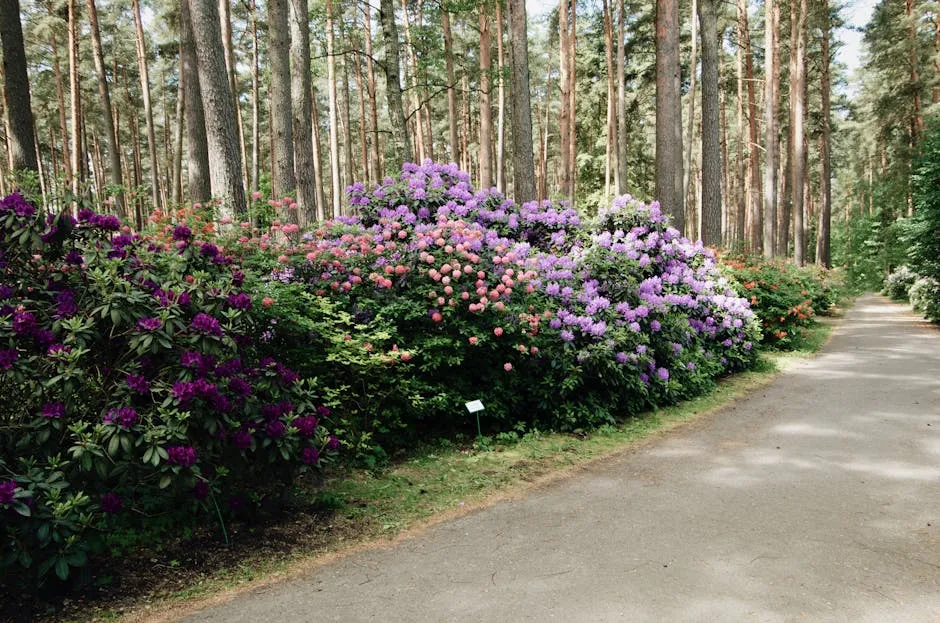
Ground Covers for Shade
Ground cover plants are excellent for shaded areas. They help prevent soil erosion and minimize maintenance. Here are a couple of effective options:
Sweet woodruff is a lovely perennial that grows well in full to partial shade. It features delicate white flowers in spring. This plant spreads quickly, creating a lush green carpet under trees. It also helps suppress weeds.
Wild ginger is another fantastic choice. Its heart-shaped leaves create a rich, textured ground cover. Wild ginger thrives in moist, shady spots and can spread up to a foot wide. This plant is perfect for those looking to fill bare areas with low-maintenance greenery.
Using ground covers in shaded spaces not only enhances the aesthetic appeal but also provides functional benefits. These plants can stabilize soil, prevent erosion, and create a cozy environment for wildlife. Their spreading capabilities make them ideal for filling in gaps and creating a vibrant garden floor.
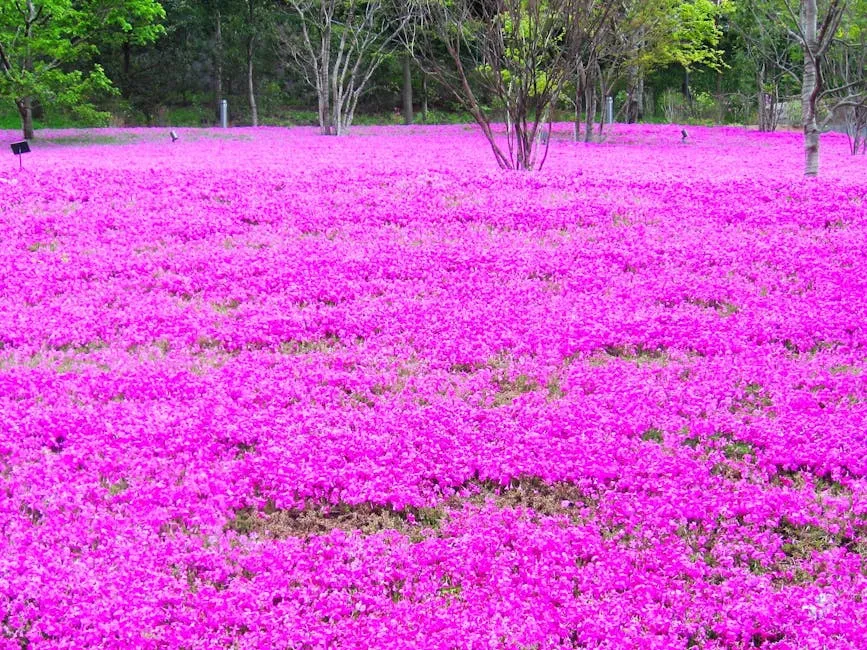
Best Practices for Growing Shade Plants
Soil and Fertilization Tips
Using quality potting soil is essential for shade plants. It ensures proper drainage and provides nutrients. A mix of organic matter improves soil structure and moisture retention. Consider grabbing some Organic Potting Soil to ensure your plants have the best start!
Consider adding compost to enrich the soil. This amendment boosts nutrient levels and enhances microbial activity. For best results, use a slow-release organic fertilizer during the growing season. Check out the best organic fertilizers for vegetable gardens in small spaces to ensure your plants get the nutrients they need.
Using organic fertilizers can significantly enhance the health of your shade plants. Best organic fertilizers for vegetable gardens in small spaces
Monitor your plants’ health regularly. Over time, soil can become depleted of nutrients. Replenish with organic fertilizers every few months, especially in spring and fall. This practice keeps plants vigorous and thriving. Adopting these tips will help you achieve a lush, healthy shade garden.
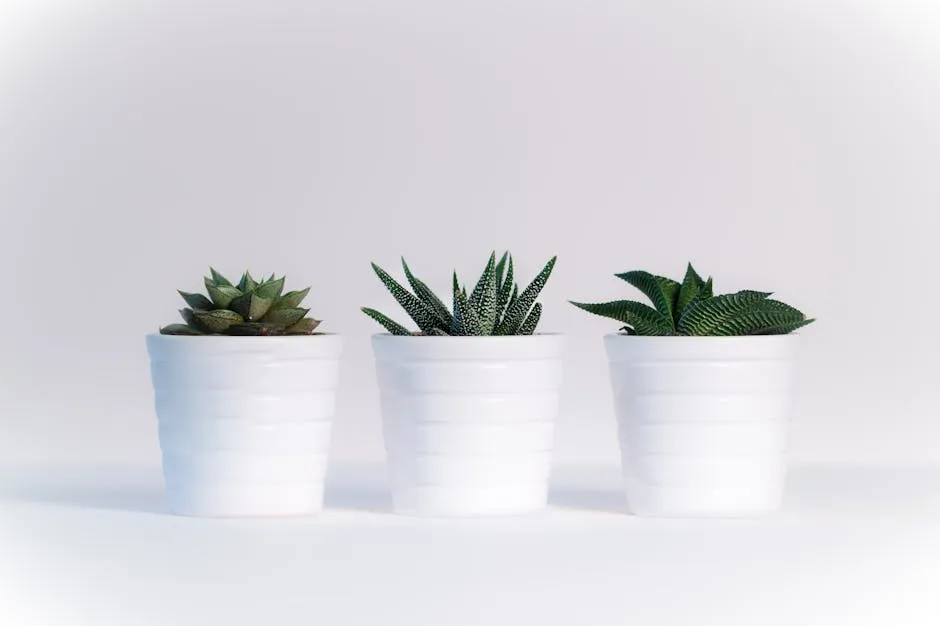
Watering and Maintenance
Watering shade plants requires attention to detail. Generally, aim to keep the soil consistently moist but not soggy. Overwatering can lead to root rot. Signs of overwatering include yellowing leaves and a musty smell from the soil. On the other hand, underwatering causes wilting and browning leaf edges. Always check the top inch of soil; if it feels dry, it’s time to water.
Pruning is vital for maintaining healthy plants. Regularly remove dead or yellowing leaves to encourage new growth. Deadheading spent flowers helps promote additional blooms. This practice also prevents plants from going to seed too early, allowing them to focus energy on foliage instead.
Seasonal adjustments are necessary in maintenance routines. In spring, give your plants a good trim to promote growth. During fall, apply mulch to protect the roots and retain moisture through winter. Adjust your watering frequency with the changing seasons, as shade can affect how quickly soil dries out.
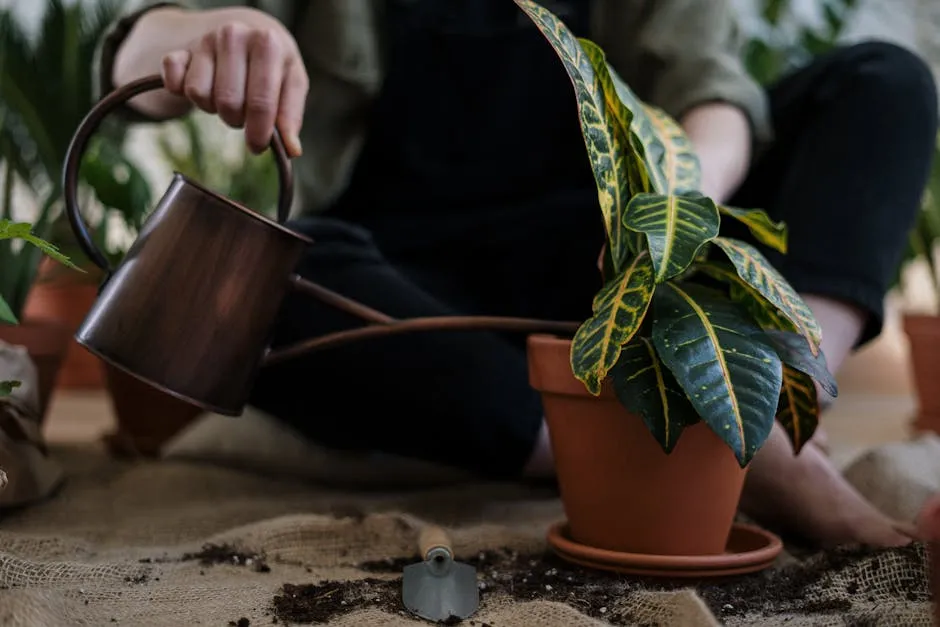
Container Gardening Tips for Shade
Container gardening is an excellent choice for shaded areas. It allows you to bring color and life to otherwise dark corners. The right containers can transform these spaces into charming displays. Choose pots that are lightweight and have drainage holes. This prevents water from pooling and protects roots.
Opt for high-quality potting soil. A mix designed for containers retains moisture while allowing airflow. This is crucial for healthy root development. Consider adding slow-release fertilizer to provide nutrients over time. You might want to check out Slow-Release Organic Fertilizer for your container plants!
When arranging plants, think about height and texture. Place taller plants in the back or center, with trailing varieties cascading over the edges. Mixing foliage colors and textures creates visual interest. Bright flowering plants can add pops of color, making your container gardens truly stand out. This method not only beautifies your space but also makes caring for shade plants easier and more enjoyable.
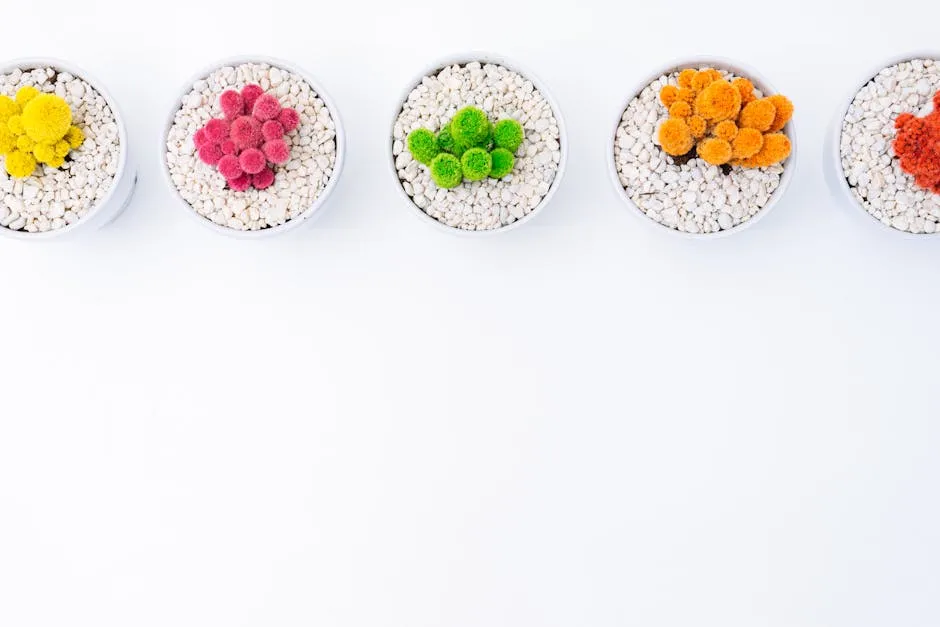
Conclusion
Selecting the right shade plants is vital for a thriving garden. These plants enhance beauty, support local wildlife, and transform dark areas into inviting spaces. By understanding their care needs, you can create a lush, vibrant garden. Explore various shade plants and let your creativity shine in your gardening endeavors!
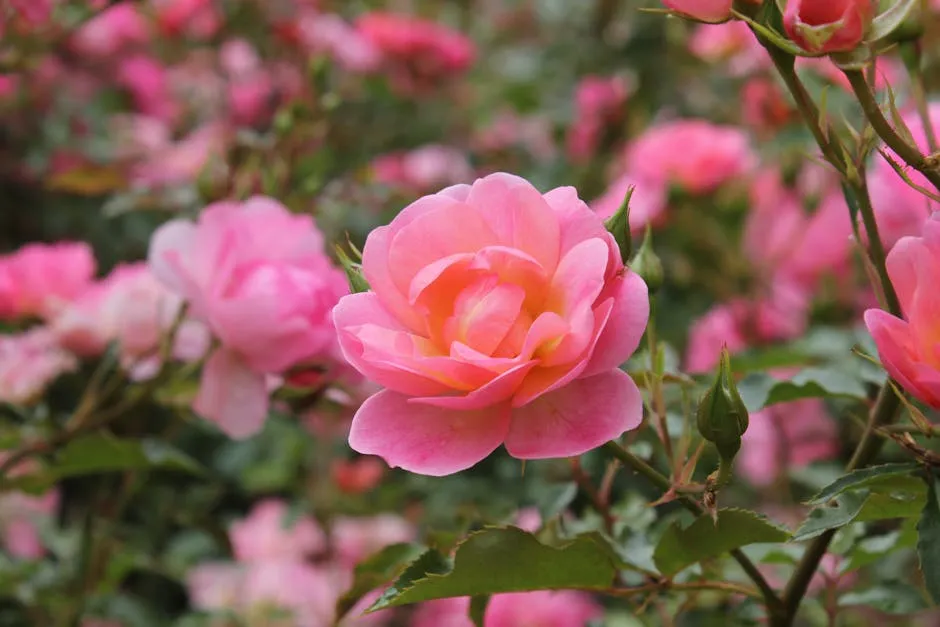
Explore the Variety of Shade Plants
Are you ready to brighten up those dark corners of your garden? Shade plants are your best friends in this quest! They come in many shapes, sizes, and colors. Don’t shy away from experimenting with different types. You’ll find unique combinations that can turn your shaded areas into stunning displays.
Consider the textures and colors of foliage. Mixing plants with different leaf shapes adds interest. You might love the contrast of a bold hosta next to delicate ferns. The possibilities are endless!
To dive deeper into the world of shade gardening, visit local nurseries or gardening centers. These places are treasure troves of information. Staff members can offer advice tailored to your specific conditions. Plus, you can see the plants in person!
Don’t hesitate to ask questions. They can guide you in selecting the best shade plants for your garden. So, grab your gardening gloves and get ready to transform those shady spots!
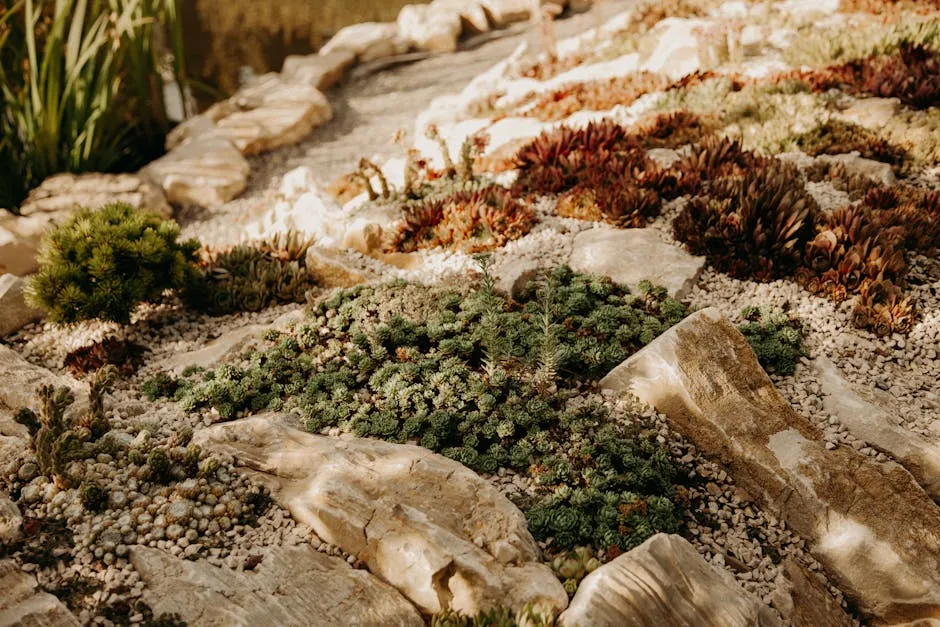
FAQs
What are the best shade plants for full shade?
Great options include hostas, ferns, and astilbes. These plants thrive with minimal sunlight. Ensure they have well-drained soil for optimal growth.
Can I grow vegetables in shaded areas?
Yes! Consider leafy greens like spinach and lettuce. They tolerate low light better than many other veggies. Provide consistent moisture for best results.
How do I know if my garden has full shade or partial shade?
Full shade means less than two hours of direct sunlight. Partial shade involves two to four hours. Observe your garden at different times for clarity.
What care do shade plants need compared to sun-loving plants?
Shade plants often need less water. They thrive in moist soil but can suffer from overwatering. Fertilization should be lighter, focusing on organic options.
Are there any native shade plants I can use?
Yes! Consider wild ginger and woodland phlox. These plants support local ecosystems and attract beneficial wildlife. Plus, they’re adapted to your region’s climate!
Looking to keep your garden organized? Don’t forget to add Plant Labels for Garden to your gardening toolkit!
Please let us know what you think about our content by leaving a comment down below!
Thank you for reading till here 🙂
All images from Pexels



